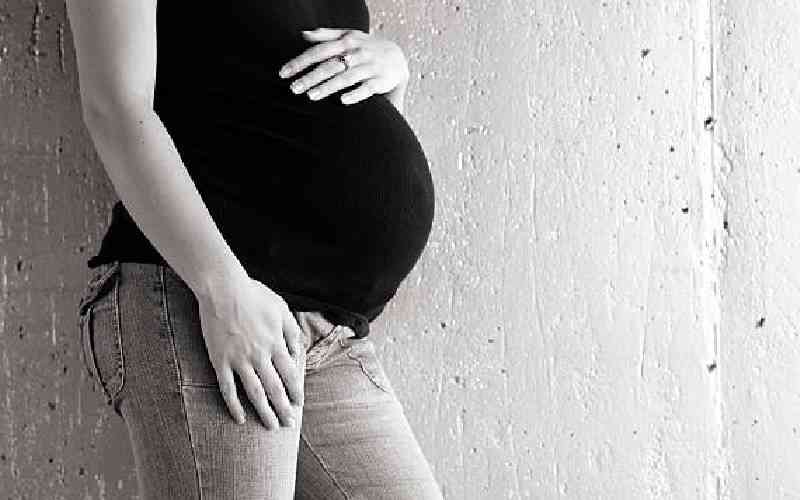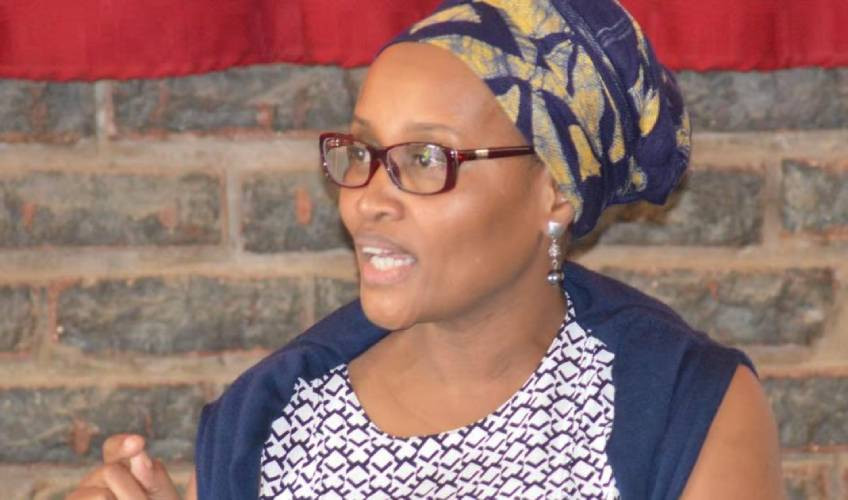
ICT Cabinet Secretary Joe Mucheru last week proposed that the Government should start censoring internet content as one way of dealing with increased teenage pregnancies in Kenya. “We have a problem with teenage pregnancy and it has been said that the Internet is a contributor to this,” said Mucheru. “The Communications Authority will now look into filtering of illicit content to protect our underage audiences…”
Several studies, however, show correlations between exposure to explicit online content and a rise in sexual uncertainty and exploration among young audiences. Researchers Jochen Peter and Patti M Valkenburg sampled 2,343 Dutch adolescents between the ages of 13 and 20 in a study published in 2008.
The researchers concluded: “More frequent exposure to sexually explicit Internet material is associated with greater sexual uncertainty and more positive attitudes towards uncommitted sexual exploration such as sexual relations with casual partners or friends or with sexual partners in one-night stands.”
In another study in Malaysia, two groups, one made up of 114 pregnant teenagers selected from a government shelter and another of 101 non-pregnant teenagers randomly selected, were given questionnaire on their frequency of exposure to pornography.
The researchers found the premarital pregnant teenagers were almost 10 times more likely to have had frequent exposure to pornography compared with non-pregnant teenagers. “Hence frequent exposure to pornography was shown to have a significant association with pre-marital teenage pregnancy,” says the study in part. On the other side, however, there is also evidence that the strength of this correlation varies with internet use, access and other intervening variables. In 2011, researchers at the US Centers for Disease Control published a study showing teen pregnancies in the US dropped consistently since 1991 to reach the lowest levels since 1946.
The study found that despite easily accessible pornographic content and heavy use of texting, fewer youths were having sex while the use of contraception had risen among those who had reported sexual activity. One study of teenage pregnancies in Kenya’s Kilifi County published in 2016 by the Faith to Action Network found factors like traditional dances, permissiveness among some communities, lack of family planning, poverty as well as political interference at the centre of rising teen pregnancy cases. The study recommended enforcement of laws such as the Children’s Act and the Basic Education Act as well as county governmental support for vocational and technical training of young girls as interventions that can stem rising numbers of teen pregnancies.
 The Standard Group Plc is a
multi-media organization with investments in media platforms spanning newspaper
print operations, television, radio broadcasting, digital and online services. The
Standard Group is recognized as a leading multi-media house in Kenya with a key
influence in matters of national and international interest.
The Standard Group Plc is a
multi-media organization with investments in media platforms spanning newspaper
print operations, television, radio broadcasting, digital and online services. The
Standard Group is recognized as a leading multi-media house in Kenya with a key
influence in matters of national and international interest.
 The Standard Group Plc is a
multi-media organization with investments in media platforms spanning newspaper
print operations, television, radio broadcasting, digital and online services. The
Standard Group is recognized as a leading multi-media house in Kenya with a key
influence in matters of national and international interest.
The Standard Group Plc is a
multi-media organization with investments in media platforms spanning newspaper
print operations, television, radio broadcasting, digital and online services. The
Standard Group is recognized as a leading multi-media house in Kenya with a key
influence in matters of national and international interest.









